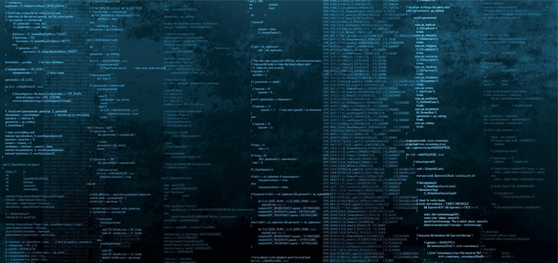Las primeras tres oraciones fueron escritas por mi y todo el texto que las continúa fue generado con un sistema que utiliza GPT-3.
Artificial Intelligence began to be developed long before it was known by that name. Some technologies stopped being just tools and began to have creative capabilities. But do intelligence or creativity exist in these devices? Probably not in the way we think of them.
Rather, an AI device is simply a set of tools designed to accomplish a particular task or to provide some information or service. For example, Siri is a set of tools designed to answer questions, play games, or answer general knowledge questions, with a human-like understanding of spoken language and some degree of verbal or visual recognition.
As a user, one is aware that there is no brain in the machine, and there is no general intelligence, as we think of it. So one has to examine what Siri is doing to discern that it is any different from a tablet or other consumer device that responds to voice commands.
An AI device is simply a set of tools designed to accomplish a particular task or to provide some information or service.
Siri is far from the first AI tool, and it won't be the last. But as a consumer, one can readily conclude that it is not in fact sentient. What Siri does cannot be considered creativity, but only intelligence in the narrow sense of being a set of tools with which humans can communicate, which is something that humans do on a regular basis. A laptop, for example, is a set of tools that enables humans to conduct tasks or to perform calculations, whereas a robotic car is not.
Siri does things the way people used to do them, but in a different way. It has been widely adopted by millions of users, which means it is effectively a product or system. That being the case, we need to be aware of the notion of product life cycle. It is common for a new device to include a new generation of technology, and that is often embraced by users as an improvement.
However, many other products start out as innovative, but then fail to develop into enduring products and rarely become a part of the user's daily life.
One of the biggest challenges for a product or system that lacks general intelligence is that it will be difficult to define the user's "need" for it. We have no objective metrics, for example, to determine whether something is needed or not. It may be fun to use, but is it really necessary? The challenge with non-sentient AI systems is that we do not know the criteria that need to be met in order to create a user's demand for them. This is why the AI marketing cycle is often referred to as the user experience problem.
Another issue is that users might see something... (El sistema proponía continuar el texto, pero decidí detenerlo por extenderse demasiado y no lograr una síntensis en el sentido que yo quería.)
La Inteligencia Artificial comenzó a ser desarrollada mucho antes de que sea conocida con dicho nombre. Algunas tecnologías dejaron de ser solamente herramientas y comenzaron a tener capacidades creativas. Pero ¿Existe inteligencia o creatividad en estos dispositivos? Probablemente no de la forma en que pensamos en ellas.
Más bien, un dispositivo de inteligencia artificial es simplemente un conjunto de herramientas diseñadas para realizar una tarea en particular o para proporcionar alguna información o servicio. Por ejemplo, Siri es un conjunto de herramientas diseñadas para responder preguntas, jugar o responder preguntas de conocimiento general, con una comprensión humana del lenguaje hablado y cierto grado de reconocimiento verbal o visual.
Como usuario, uno es consciente de que no hay cerebro en la máquina, y no hay inteligencia general, como pensamos en ella. Por lo tanto, hay que examinar lo que está haciendo Siri para discernir que es diferente de una tableta u otro dispositivo electrónico que responde a los comandos de voz.
Un dispositivo de IA es simplemente un conjunto de herramientas diseñadas para realizar una tarea en particular o para proporcionar alguna información o servicio.


